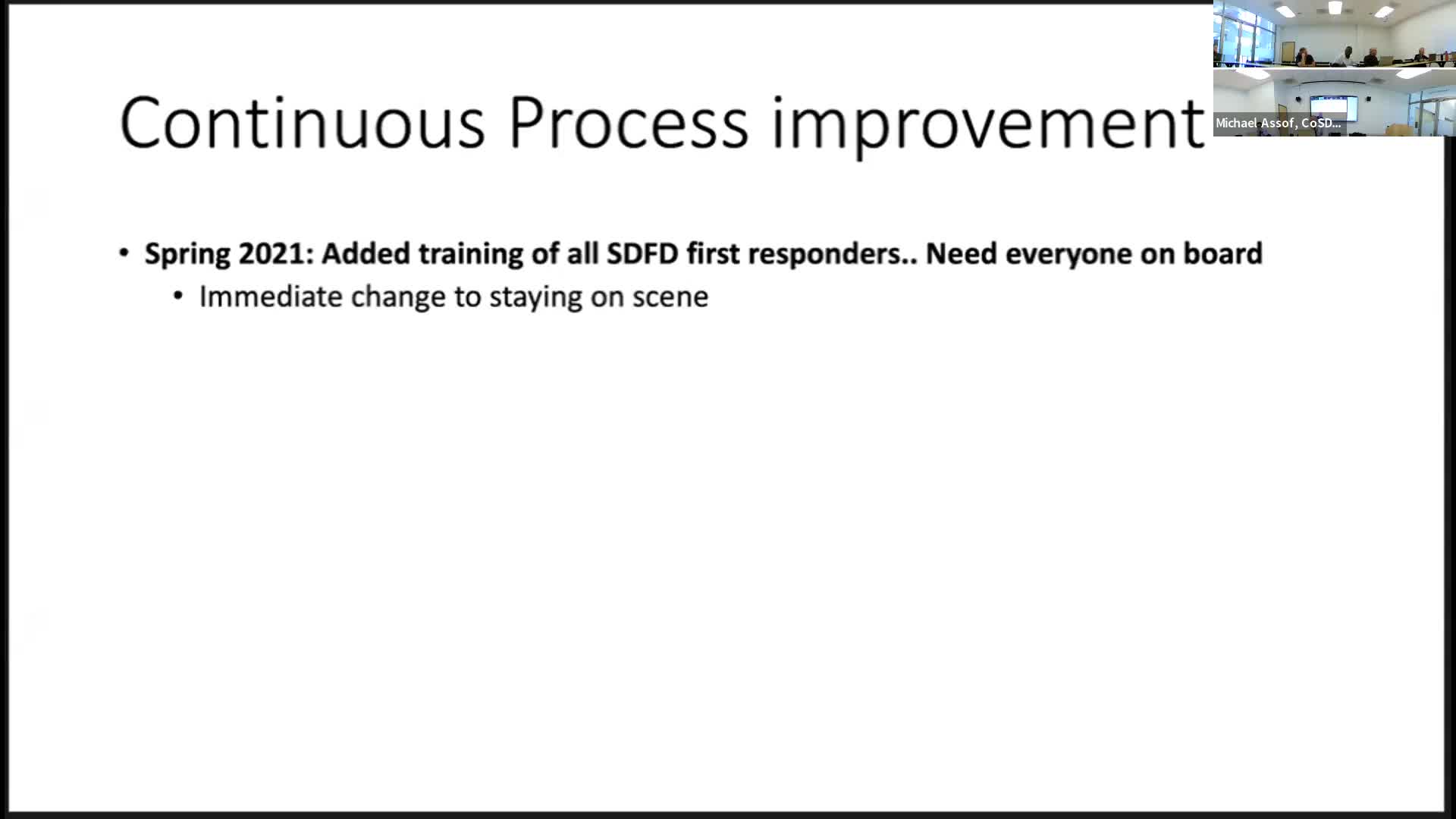San Diego County launches pediatric cardiac arrest quality improvement initiatives
July 11, 2025 | San Diego City, San Diego County, California
Thanks to Scribe from Workplace AI and Family Portal , all articles about California are free for you to enjoy throughout 2025!

This article was created by AI using a video recording of the meeting. It summarizes the key points discussed, but for full details and context, please refer to the video of the full meeting. Link to Full Meeting
The meeting revealed that from 2014 to 2022, San Diego experienced 126 pediatric cardiac arrests, with only 11 survivors, indicating a survival rate that underscores the urgency of the situation. Notably, 80% of these survivors were recorded in the last four years, coinciding with the implementation of a quality improvement (QI) project aimed at refining emergency response techniques. This project included updates to prehospital protocols, aligning pediatric CPR practices more closely with adult standards and introducing push-dose epinephrine.
Key metrics discussed included the compression fraction during CPR, with a target of over 80%. However, only five out of 15 cases measured achieved this goal, highlighting a gap in data collection and the need for agencies to improve their tracking methods. Additionally, the meeting addressed the importance of administering epinephrine on scene, with current rates at 80%, and the necessity of placing end-tidal CO2 monitors, which were successfully used in 87% of cases.
The meeting also touched on the emotional toll these cases take on first responders, emphasizing the need for comprehensive training and support systems to prevent burnout. The data collected from these cases will be crucial for future evaluations, with outcomes expected to be analyzed by May 2026.
In conclusion, the discussions at the San Diego meeting underscored the importance of continuous improvement in pediatric emergency care. As the community grapples with these low survival rates, the focus remains on enhancing training, data collection, and overall response strategies to ensure that every child receives the best possible care in critical situations. The anticipated next steps include further analysis of the data and continued collaboration among emergency medical services and hospitals to refine protocols and improve outcomes for pediatric patients.
Converted from Pediatric OHCA – Let’s Talk about the Littles meeting on July 11, 2025
Link to Full Meeting
Comments
View full meeting
This article is based on a recent meeting—watch the full video and explore the complete transcript for deeper insights into the discussion.
View full meeting